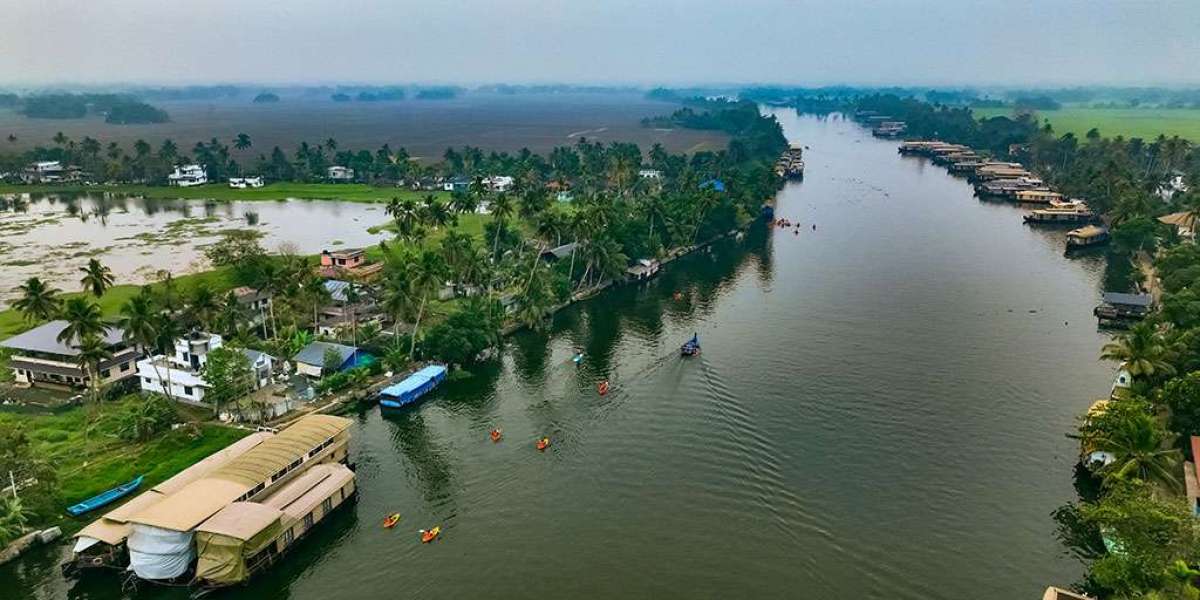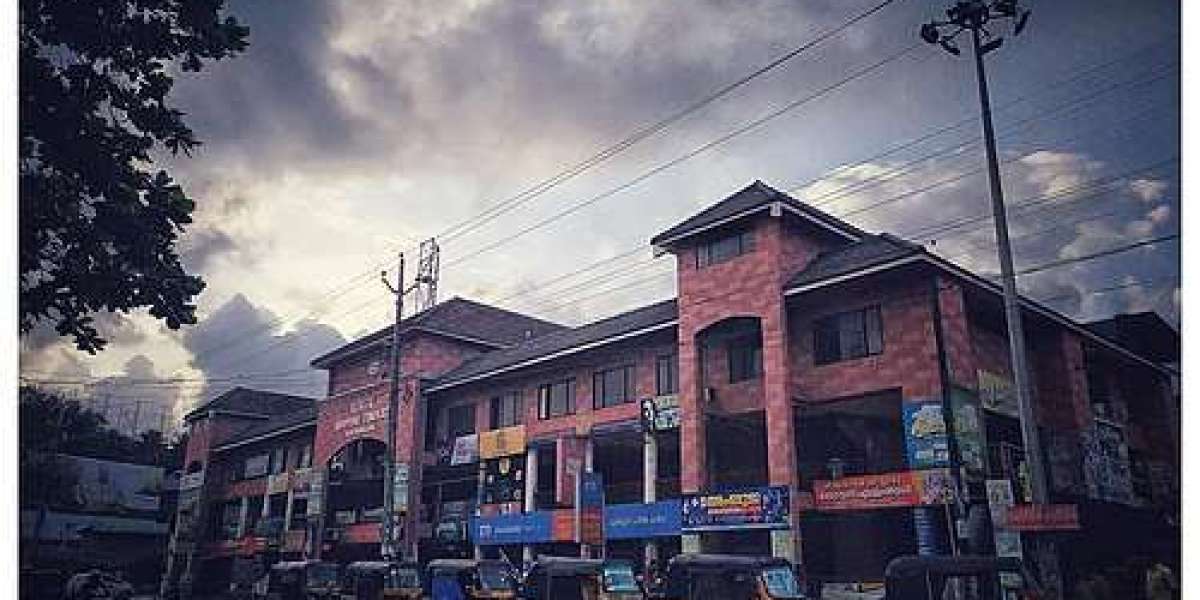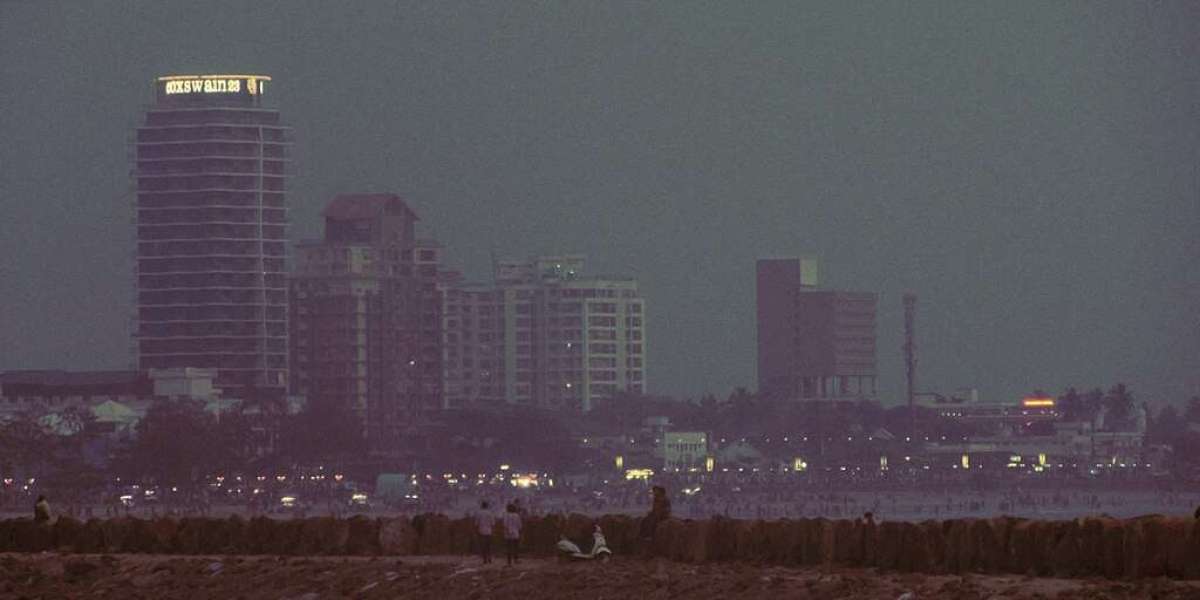Demographics
In 2021, the electorate numbered nearly 196,024 registered voters, with a femaletomale ratio of
over 1,100 females per 1,000 males and voter turnout exceeding 78% generally. Literacy in the
district stands at approximately 96.3%. Religious composition is predominantly Hindu (~83.7%),
followed by Muslims (~8.1%) and Christians (~7.95%). Scheduled Castes account for around 7.3%,
while Scheduled Tribes make up less than 0.3%.
Economic Peculiarities
The coastal and backwater geography strongly influences livelihoods: blueeconomy
activities dominate, with inland fisheries, shrimp and fish farming, and seafood processing
units supplying both local markets and exports via Cochin port. A notable waterway passes
through Thrikkunnapuzha for inland transport.
Agriculture in the lowlands includes paddy and coconut cultivation.
Small trade, coir craft industry, and retail services flourish in Haripad town and surrounding
panchayats, supporting local employment.
NRI remittances contribute moderately, though seafood and trade form the economic
backbone.
Economic Strata
Most residents fall into the middleincome category, supported by steady incomes from fishery-
related work, coir units, agrarian livelihoods, and retail trade. There are few BPL households, located
predominantly in floodprone marsh regions. Highincome families are rare—typically tied to
commercial seafood export, successful coir or retail enterprises.
Recent Development Initiatives
Under Kerala’s Navakerala Sadas programme, Haripad constituency received focused
funding—specifically directed to the second phase of the “Haritham Haripad” project, aimed at
environmental cleanliness, waterway restoration, and canal renovation.
Rail infrastructure has seen progress: the doubling of the railway line between Haripad and
Ambalappuzha was commissioned by 2021, improving rail capacity on the Kayamkulam–Ernakulam
coastal route. Southern Railway plans additional road overbridges across the state, which may
improve roadrail safety in this region.
With 182 polling stations, Haripad Assembly Constituency serves a highly literate and engaged
electorate across coastal lowlands, canals, and inland panchayats. Its economy thrives on fisheries,
seafood processing, coir craft, small trade, and modest agriculture—with remittance income playing
a supportive role. The majority of its populace belongs to the middle-income stratum, enjoying
sustainable livelihoods. Recent efforts—spanning canal rehabilitation, environmental sanitation,
railway doubling, and election-era infrastructure—indicate steady progress and a constituency
rooted in coastal heritage yet steadily advancing toward inclusive growth.







